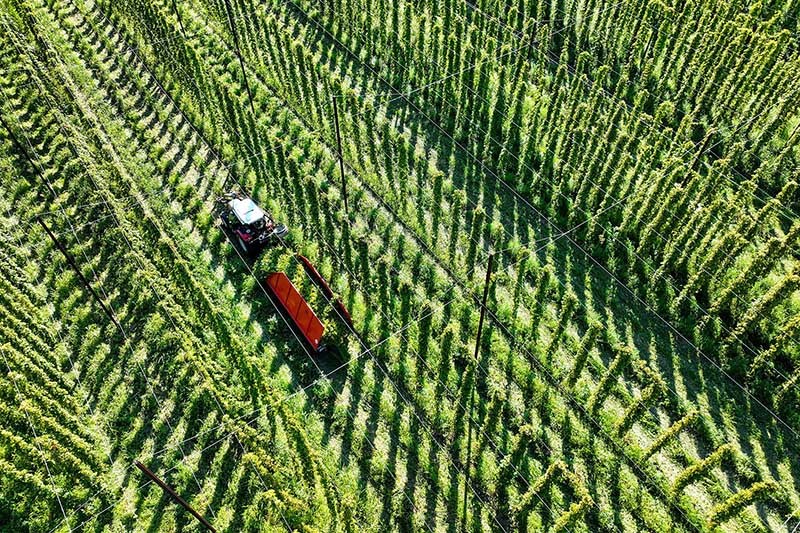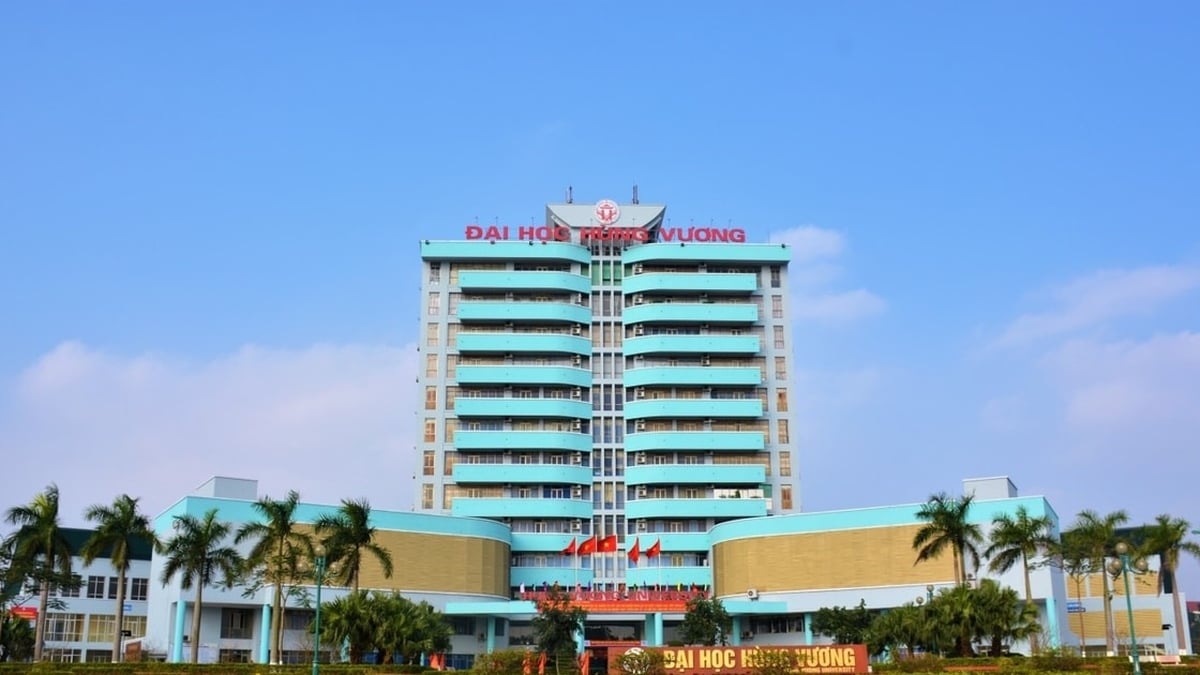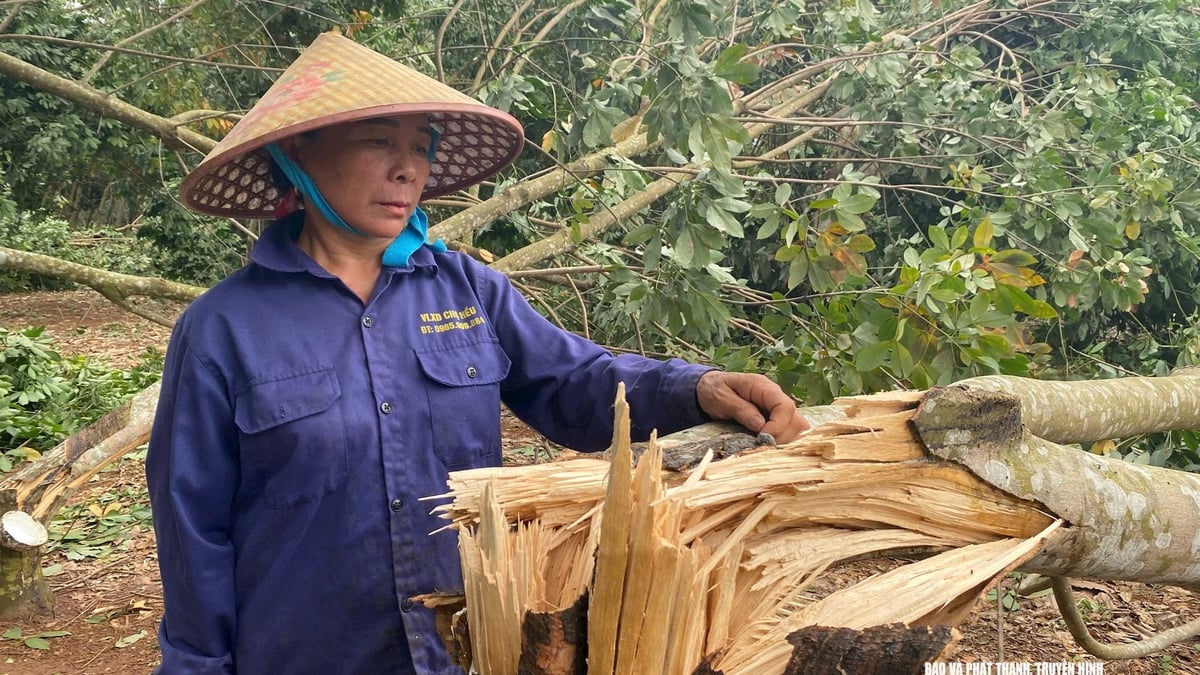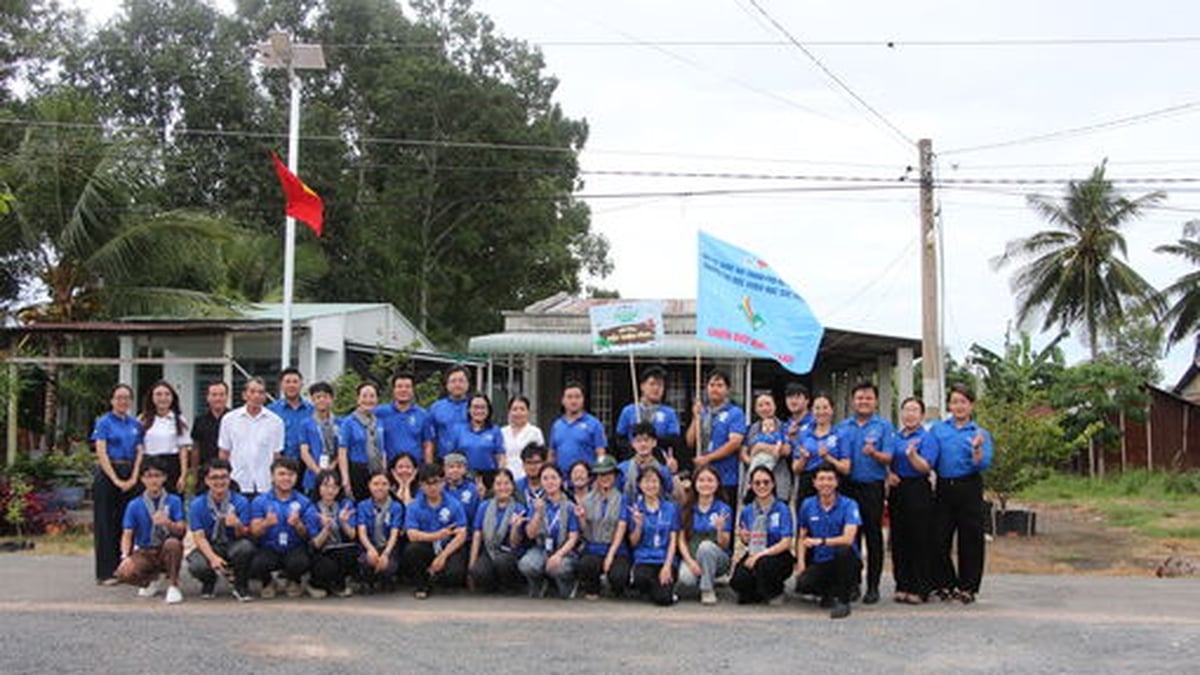 |
| A field of hops in Germany. (Source: CNN) |
This phenomenon has been around since 1994 and is getting worse. With hop production declining, the European beer industry is under threat.
“Perhaps most alarming for beer lovers around the world is the prospect of starting to lose their favorite drink,” said Miroslav Trnka, a researcher at the Global Change Institute in the Czech Republic.
Hop production could fall by up to 18 percent by 2050 and alpha-acid content - the substance that gives beer its characteristic bitter taste - could fall by up to 31 percent as the weather becomes hotter and drier, according to research published on October 31 in the journal Nature Communications.
More and more threats
The findings add to a growing list of things the climate crisis can cause, said study co-author Miroslav Trnka.
“We see changes that impact things like the taste of beer,” says Trnka.
According to research, beer production has been around since at least 3100 BC. Today, every basic ingredient for beer production such as water, barley, yeast and hops is threatened by global warming.
“I am not surprised that climate change is affecting a large number of agricultural crops,” said Douglass Miller, senior lecturer in food and beverage management at Cornell University.
Hops are difficult to grow and can be subject to crop failure, which can force brewers to turn to other ingredients.”
Researchers used weather data and climate models to analyze how European hops would be affected by climate change between 1970 and 2050, under conditions of reduced rainfall and increased temperatures.
According to the study, warming temperatures moved the start of the hop growing season forward by about 13 days from 1970 to 2018. The growth of new hop buds typically occurs in the spring, but since 1995, researchers have noticed it happening earlier than in previous years.
This onset in turn results in early harvests, making it difficult for hop growers to plan their harvesting and processing operations.
In recent years, more beer-loving consumers have been demanding high-quality hops, according to the study. Because these hops only grow in a few places, researchers say they are at greater risk from heat waves and droughts caused by climate change.
“Hop farmers have had to change the location of their hop fields in response to changes in temperature and rainfall, and this is likely to continue,” said Mark Sorrells, a professor at Cornell University’s School of Plant Sciences.
While the study focused on hop-growing countries in Europe, Trnka said the risk could be felt in hop-growing regions in the United States, where record heat waves are occurring more frequently than usual.
“American farmers are facing similar problems in Europe. Climate change is affecting both places in very similar ways,” said Mr. Trnka.
Pressure on agriculture
Not only hops in Europe, Asian agriculture is also under great pressure due to climate change.
According to Reuters , the El Nino weather phenomenon caused an unusually dry August. The extreme weather has damaged grain and oilseed crops in Asia.
Record low rainfall in India has reduced yields of major crops such as rice. Scientists predict that in 2023, India’s monsoon rainfall, which is crucial for crops such as rice, sugarcane, soybeans and corn, is at risk of being the lowest in eight years.
In Southeast Asia, low rainfall is expected to impact the growth cycle and yield of major crops such as rice, sugarcane, and coffee, and could reduce supplies of palm oil - the world's most widely used vegetable oil.
Thailand and Indonesia have been the hardest hit. Many of Thailand’s major rice-growing regions have had to reduce their cultivation areas to avoid damage from heat and drought. The Indonesian government has announced plans to prepare 500,000 hectares for rice cultivation, in anticipation of prolonged drought caused by El Nino.
“We are in the midst of a strong El Nino in parts of the world and it will strengthen later this year,” said Chris Hyde, a meteorologist at Maxar Technologies, a US-based climate data analytics company. “We are seeing weather patterns in Asia that are consistent with dry El Nino conditions.”
Climate change not only causes extreme weather phenomena such as droughts, floods, hailstorms... but also shows obvious impacts and great pressure on the development of the world's agricultural sector, requiring efforts from countries to join hands to curb its negative impacts.
Source
























![[Photo] National Assembly Chairman Tran Thanh Man visits Vietnamese Heroic Mother Ta Thi Tran](https://vphoto.vietnam.vn/thumb/1200x675/vietnam/resource/IMAGE/2025/7/20/765c0bd057dd44ad83ab89fe0255b783)









































































Comment (0)